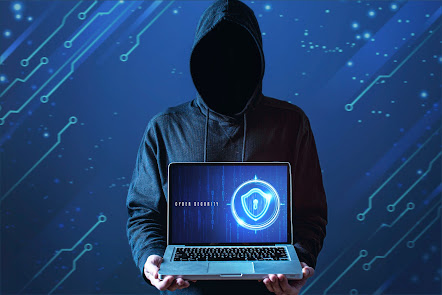Who First Created Cyber Security?
The 1970s mark the beginning of cybersecurity history. Words like spyware, viruses, ransomware, worms, and logic bombs weren't around yet. However, due to the increasing growth of cybercrime, similar words are now often appearing in news headlines.
Given the increasingly pervasive computing, the Internet, and wireless network technologies like Bluetooth and Wi-Fi, as well as the expansion of smart gadgets and the myriad devices that make up the "Internet of things," the cruciality of cybersecurity is rapidly increasing.
Cybersecurity is one of the biggest problems in the modern world because of its complexity in terms of politics and technology. As a result, every firm now places a high focus on cybersecurity. In the upcoming years, it is predicted that cybercrime will cost the world trillions of dollars.
To understand the development of cyber security let us take a look back at the history of cyber security in this post.
Overview of the history of cyber security
1970s: The Creeper and the ARPANET
When researcher Bob Thomas developed the computer software Creeper in the 1970s, it marked its path by leaving a breadcrumb trail as it moved throughout the ARPANET network. The program Reaper was created by email's creator, Ray Tomlinson, and it chased and removed Creeper. Reaper, the first computer worm ever, was also the first instance of antivirus software and the very first self-replicating program.
The 1980s:Emergence of commercial antivirus
Commercial antivirus initially appeared in 1987, despite conflicting claims over who invented the first antivirus product. In 1987, Andreas Lüning and Kai Figge launched Ultimate Virus Killer as well as their first antivirus program for the Atari ST. The original version of the NOD antivirus was developed by three Czechoslovaks in the same year that John McAfee launched McAfee in the US and made Virus Scan available.
The 1990s: Globalization of the internet
More people started posting their personal information online as the internet became more widely used. As a possible source of income, organized crime groups began stealing data from citizens and governments online. By the middle of the 1990s, network security threats had grown tremendously, necessitating the mass production of firewalls and antivirus software to safeguard users.
The 2000s: The multiplication and Diversification of Threats
Beginning in the early 2000s, organized crime groups began to heavily invest in funding professional cyberattacks, while governments started to crack down on the illegality of hacking by handing out increasingly harsher punishments to those responsible. Sadly, viruses also grew in number as the internet expanded, despite the fact that information security continued to progress.
The 2021 and Forward: Next generation
The cybersecurity market is still expanding at a breakneck pace. According to Statista, the size of the worldwide cybersecurity market is expected to increase to $345.4 billion by 2026. One of the most frequent dangers to the data security of any organization is ransomware, and its prevalence is expected to rise.
As researcher Bob Thomas developed a computer software called Creeper that could traverse throughout the ARPANET network in the 1970s, the practice of checking for cybersecurity was born. Hence he could be rightfully called as the creator of Cyber security. The creator of email, Ray Tomlinson, created the program Reaper, which hunted for and eliminated Creepers. Reaper created the first-ever computer worms and trojans, making it the first instance of checking a malware antivirus application as well as the first self-replicating program, or virus.
Future cybersecurity will require researchers and security professionals to focus exclusively on utilizing the advantages of developing technology. They must lessen the frequency of cyberattacks and the damage they do when they are remedied.
Since most activities in organizations are now automated, cyberattacks are now more concerned with jeopardizing system security. Artificial intelligence is being included into antivirus and firewall systems to attain smarter detection and response capabilities. The goal is to stop malware from shutting out system users or stealing important data in order to carry out routine activities. A 5G network's emergency future is expected to automate crucial infrastructure, such as transportation, as technological advancements drive and cyberattacks expand.
Knowing the history of cybersecurity thus provides a broad overview of how it has developed from early rudimentary trials. According to recent figures, the prevalence of cybersecurity will keep increasing. Cybercriminals are masters in carrying out stealth stock attacks by utilizing cutting-edge technology like artificial intelligence (AI), blockchain, and machine learning (ML).



Comments
Post a Comment